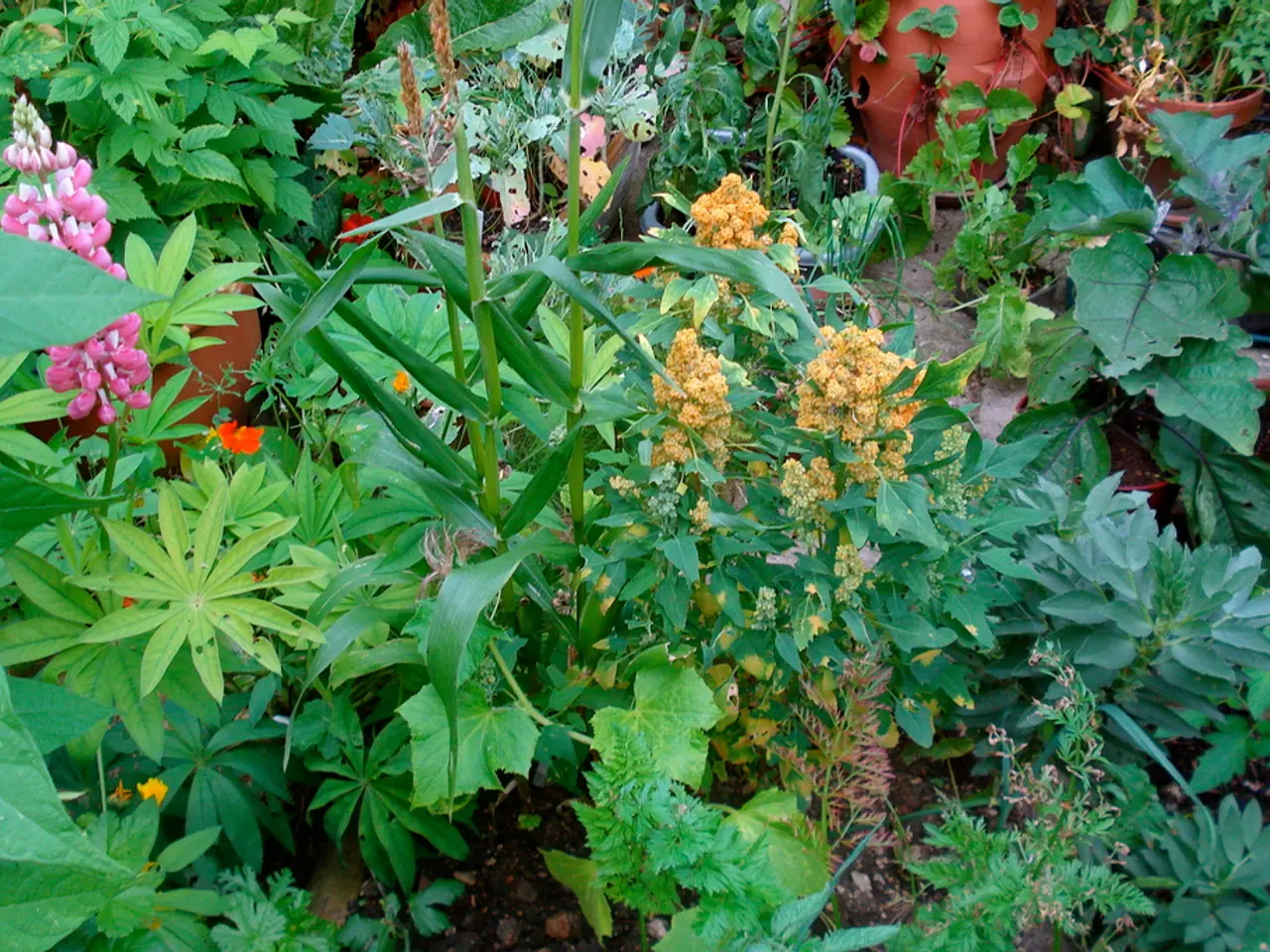Soil and Plants: A Complicated Symbiosis
Plants rely on 14 essential nutrients to complete their life cycle, including growth and reproduction. These nutrients, excluding carbon, hydrogen, and oxygen, are primarily sourced from the soil or supplemented by fertilizers. These essential elements are further divided into two groups: macronutrients and micronutrients.
Macronutrients, which are needed in larger amounts, include carbon (C), hydrogen (H), oxygen (O), nitrogen (N), phosphorus (P), potassium (K), calcium (Ca), magnesium (Mg), and sulfur (S). Carbon, hydrogen, and oxygen are primarily obtained from air and water, while the remaining seven elements are provided by the soil.
Nitrogen, for instance, makes up 2-4% of plant tissue in leaves and stems, playing a crucial role in amino acids, proteins, coenzymes, nucleic acids, chlorophyll synthesis, and overall growth, especially leaf development. Deficiency in nitrogen results in yellowing leaves and stunted growth.
Phosphorus, about 0.4% of plant dry weight, is important for root development, flowering, fruiting, and energy transfer via ATP and NADP. It is also part of phospholipids and nucleic acids.
Potassium, roughly 2% of tissue, is vital for enzyme activation, osmotic regulation, maintaining turgor pressure, stabilizing internal water levels, and enhancing resistance to drought and cold. It is also involved in enzyme synthesis and disease resistance.
The micronutrients, required in smaller amounts, include iron (Fe), manganese (Mn), zinc (Zn), boron (B), molybdenum (Mo), chlorine (Cl), and copper (Cu). These elements play various roles, such as chlorophyll synthesis, photosynthesis, nitrogen metabolism, enzyme activation, growth hormone production, cell wall formation, nitrogen fixation, osmosis, and ionic balance.
Soil, essential for plant growth and development, provides not only these nutrients but also a network of water and air to plant roots. Ideally, soil composition would have approximately 40% sand, 40% silt, and 20% clay, with ample organic matter and pore space. This composition ensures that about 50% of the volume would be pore space, with half filled with water and the other half with air.
Soil is primarily composed of mineral particles and decomposed organic matter, with soil solids consisting of particles of various sizes, including gravel, coarse and fine sand, silt, and clay particles. Clay soils can be difficult to work with and drain poorly, potentially leading to a lack of oxygen for roots, while sandy soils can drain water too quickly and be low in nutrients. Organic matter plays a crucial role in soil structure and plant growth by providing nutrients and creating pore space.
Trees, with their branches and strong roots, are particularly effective in preventing erosion. Soil provides physical support to plants, absorbing and storing water, and creating natural barriers. The microorganisms like bacteria and fungi, as well as larger animals such as worms, in the soil break down plant and animal tissues, creating pore space and releasing nutrients for plants.
In conclusion, understanding the essential nutrients plants require and the role of soil composition is crucial for fostering healthy plant growth and development. By providing the right balance of nutrients and maintaining optimal soil conditions, we can support our plants' growth, flowering, and fruiting stages.
References: [1] [Plant Nutrition Society](http://www.plant-nutrition.org/) [2] [University of California, Davis](https://ucanr.edu/sites/Soils/) [4] [Royal Horticultural Society](https://www.rhs.org.uk/advice/profile?pid=358)
Science highlights the importance of various nutrients, such as nitrogen, phosphorus, and potassium, for the health-and-wellness of plants. These essential elements, along with micronutrients like iron, manganese, and zinc, contribute to the fitness-and-exercise of plants by supporting growth, enzyme activation, and photosynthesis. The right balance of these nutrients, sourced from soil or supplemented by fertilizers, is crucial for promoting strong, nutritious plant growth.




